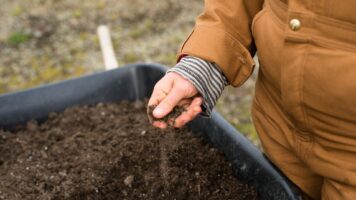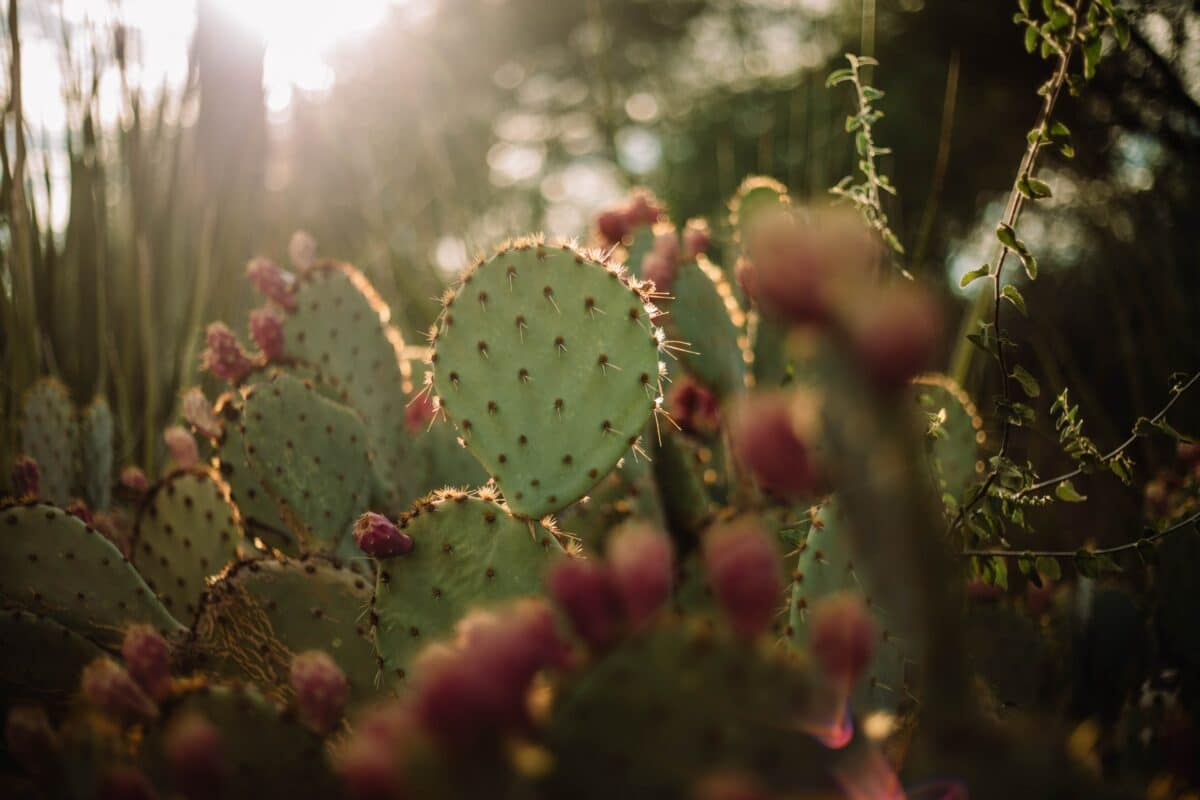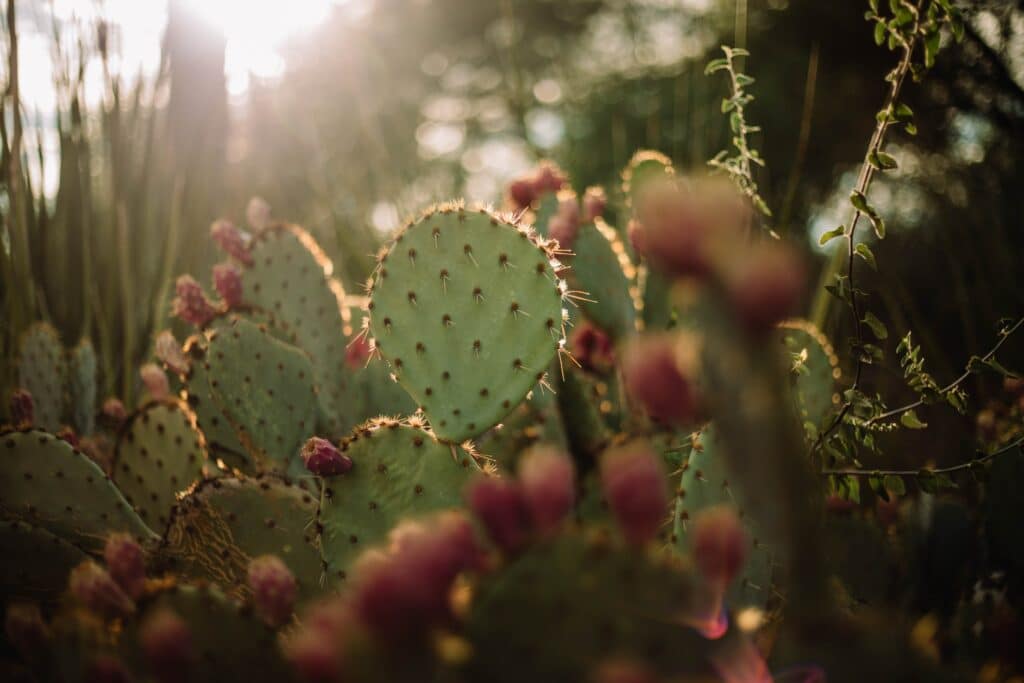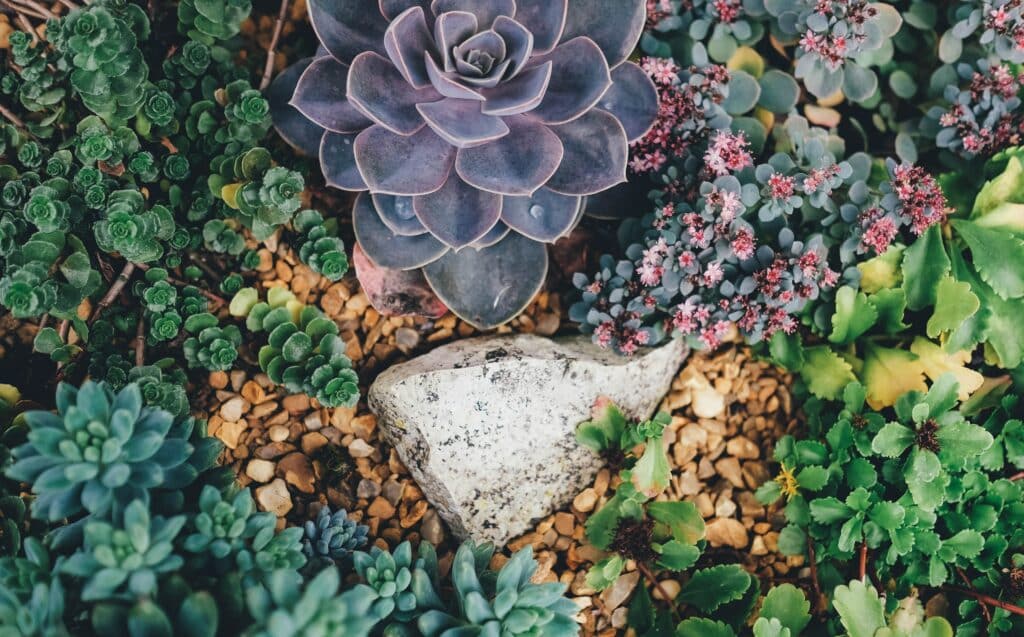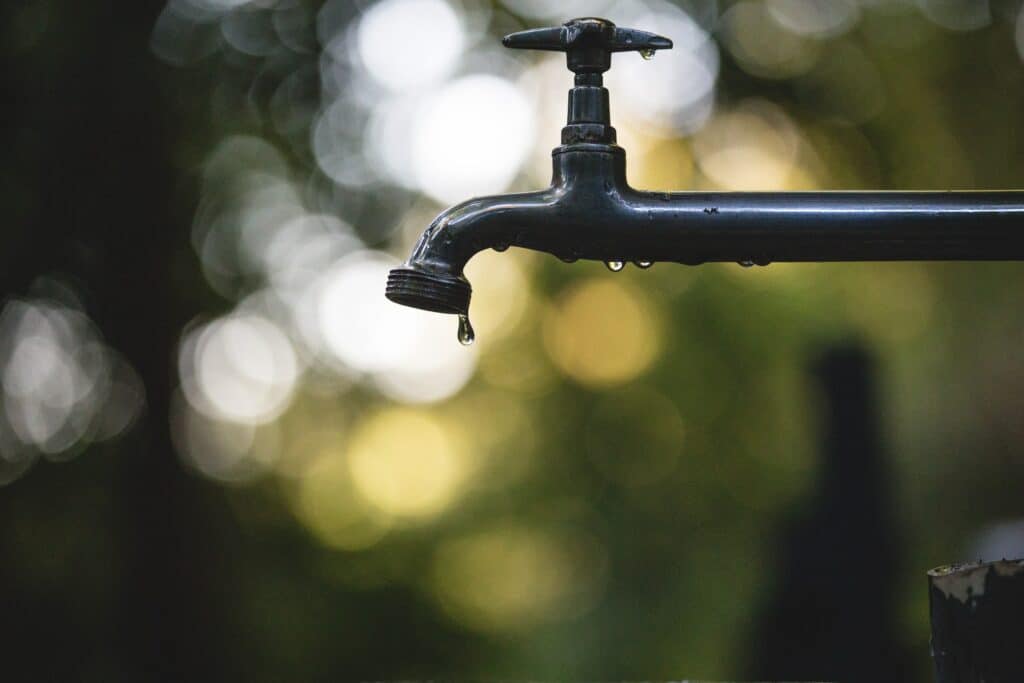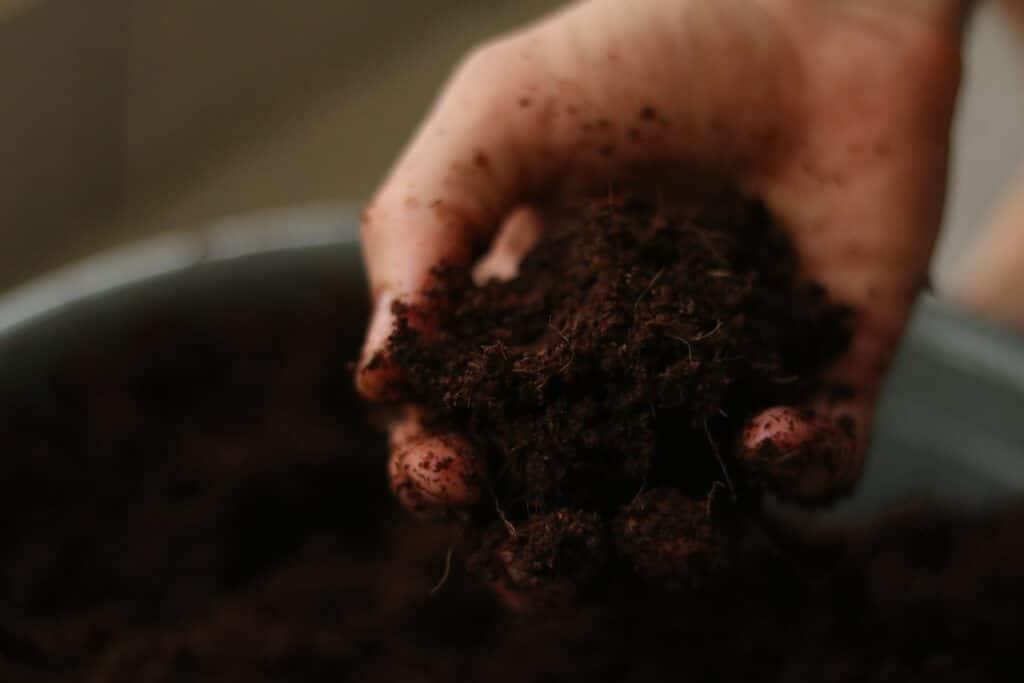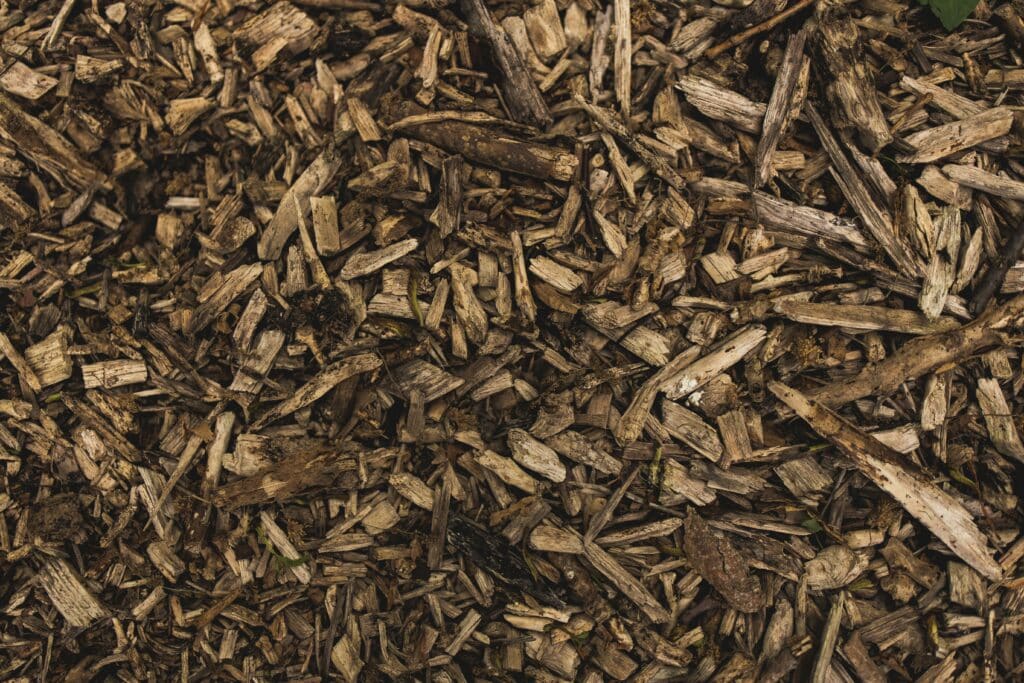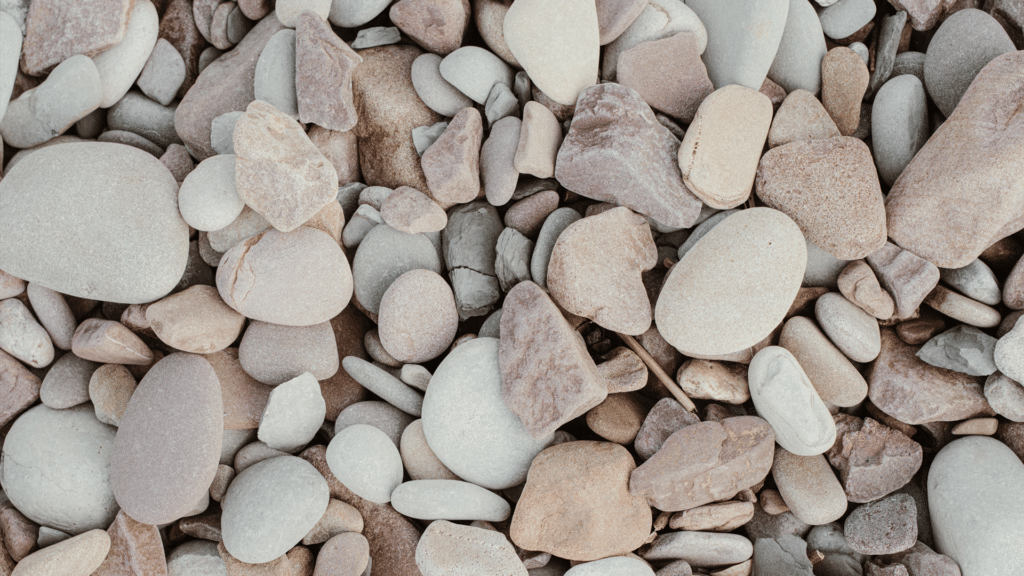Water conservation is becoming increasingly vital, that explains why the concept of creating a drought-resistant garden is trending. A drought-resistant garden, also known as a xeriscape, is designed to thrive with minimal water usage while maintaining its beauty and functionality. In this article, we’ll delve into effective strategies, plant choices, and design ideas to help you create a lush and resilient drought-resistant garden.
Understanding the Basics of Drought-Resistant Gardens
Creating a drought-resistant garden requires a thoughtful approach to landscaping. It’s all about selecting plants, designing layouts, and implementing techniques that reduce water demand while nurturing plant life. By understanding the basic principles, you can establish a garden that not only survives but thrives in challenging conditions.
Xeriscaping Design Concepts
Designing a drought-resistant garden involves a strategic arrangement of elements to optimise water efficiency. Group plants with similar water needs together, creating hydrosones. This way, you can water different zones appropriately based on their requirements. Integrate hardscaping features like gravel pathways, decorative stones, and permeable paving to reduce the need for water-demanding turf areas.
Strategic Plant Selection
Choosing the right plants is a cornerstone of a successful drought-resistant garden. Opt for native plants that have adapted to your region’s climate and soil conditions. These plants are naturally equipped to withstand dry spells and require less water once established. Succulents, ornamental grasses, and Mediterranean herbs are excellent choices known for their resilience.
Efficient Watering Techniques
Even in a drought-resistant garden, initial watering is crucial for establishing plants. However, employing efficient watering techniques is essential to avoid wastage. Drip irrigation systems, soaker hoses, and timed watering schedules ensure that water reaches plant roots directly and minimises evaporation. Mulching around plants also helps retain soil moisture and suppress weed growth.
Soil Enhancement and Preparation
Preparing the soil is another key aspect of a drought-resistant garden. Well-draining soil that retains moisture while preventing water-logging is ideal. Incorporate organic matter, such as compost, to improve soil structure and water retention. Healthy soil promotes deep root growth, allowing plants to access water stored deeper in the ground. You can read this article we covered on how to choose the perfect soil for your gardening goals.
Mulching and Soil Covering
Mulching is an ally in drought-resistant gardening. Apply a layer of organic mulch, such as wood chips or straw, to the soil surface. Mulch acts as a natural insulator, regulating soil temperature and reducing evaporation. Additionally, it prevents weed growth, ensuring that plants receive the full benefits of water and nutrients.
Low-Water Garden Accents
Enhance the beauty of your drought-resistant garden with decorative elements that require minimal water. Consider adding drought-tolerant ornamental grasses, native shrubs, and rock gardens. These accents not only add visual interest but also contribute to the garden’s overall water-saving strategy. You can browse our catalog of pebbles here.
Creating a drought-resistant garden is a purposeful endeavour that marries environmental consciousness with aesthetic appeal. By carefully selecting drought-tolerant plants, implementing efficient watering techniques, and thoughtfully designing your landscape, you can cultivate a garden that flourishes despite water scarcity. With the right strategies, your drought-resistant garden will not only be a testament to your commitment to sustainability but also a haven of beauty and resilience in the face of changing climate conditions.


